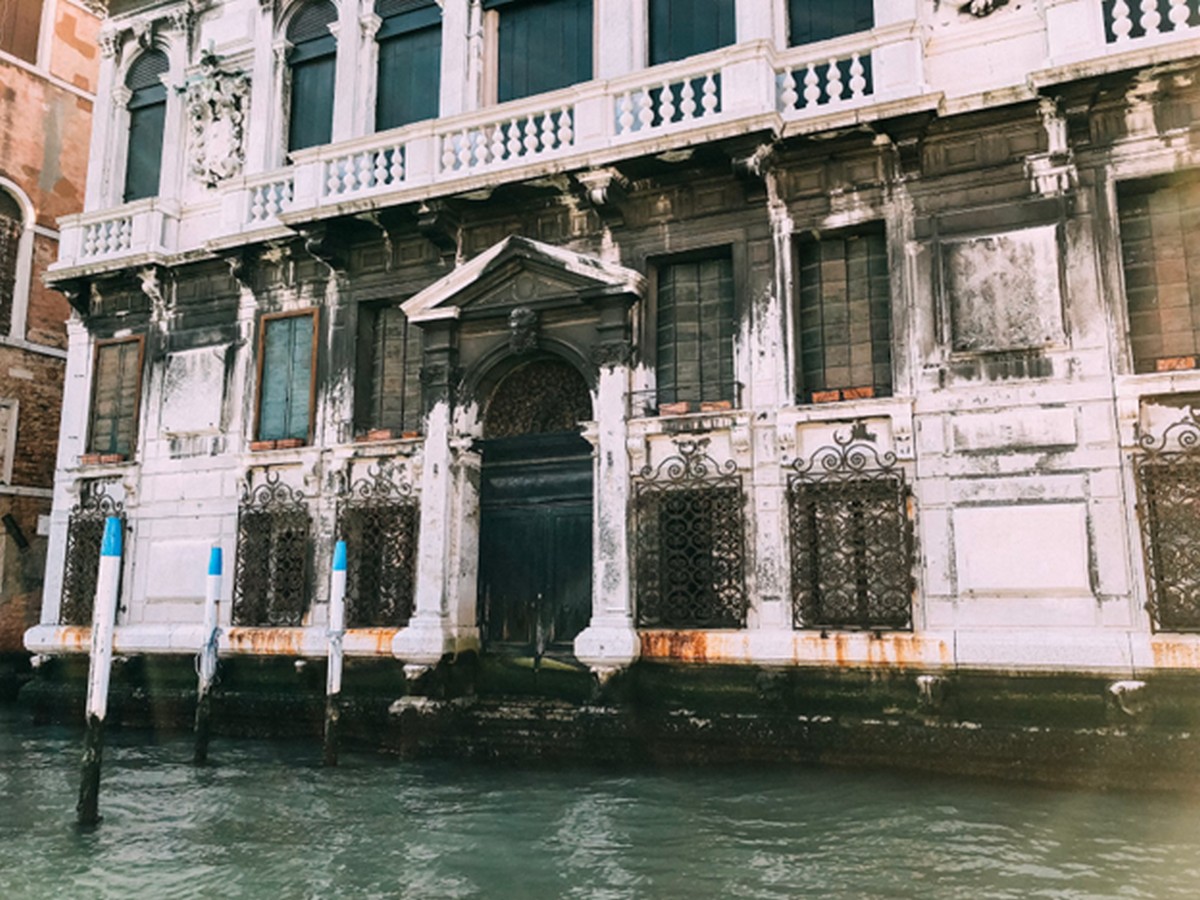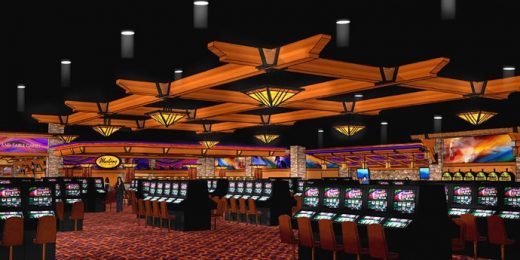The history of Casino di Venezia, the first casino built, How is the first designed, gaming architecture
The History of Casino di Venezia – The First Casino Built
23 January 2024
The history of casinos, from ancient gambling houses to the grandeur of modern-day gaming palaces and the emergence of online casinos, is as rich and varied as the games played within their walls. The evolution of casinos over centuries reflects not only changes in societal attitudes towards leisure and entertainment but also significant architectural transformations. This article explores the origins and development of these establishments, from their early history to today’s architectural marvels and the digital realm of online casinos, with a special emphasis on the Casino di Venezia, a landmark in both gambling and architectural history.
Early History of Casinos
The genesis of what we now recognize as casinos can be traced back to the rudimentary gambling houses of ancient times. These establishments, often found in Greece, Rome, and other early civilizations, were more than just places for recreational betting; they served as vibrant social hubs where various strata of society mingled. The transition from these primitive gambling houses to the first officially recognized casino is a testament to the evolving nature of gaming and its integration into social structures.
This evolution culminated in the opening of the Casino di Venezia in 1638, situated elegantly on the Grand Canal in Venice, Italy. Its establishment marked a significant milestone, setting a precedent for the future of gambling establishments. Unlike its predecessors, the Casino di Venezia was not merely a place for betting but an emblem of sophistication and high society. It featured architectural grandeur and opulent interiors, distinguishing itself from the modest gambling dens of the past.
The Casino di Venezia’s inception coincided with the Venetian Carnival season, a time when the city was a hive of activity and festivity. This period was characterized by an atmosphere of freedom and anonymity, as people from all walks of life, hidden behind masks, engaged in various pleasures and entertainments. The casino became a microcosm of this societal phenomenon, encapsulating the extravagant and indulgent spirit of the era. The social and cultural context of the time played a pivotal role in shaping the casino’s early image; it was not merely a place for gambling but a venue for socializing, entertainment, and displaying wealth and status.
As the first official casino, the Casino di Venezia set the stage for the development of modern gambling establishments. Its blend of gaming, culture, and architectural splendor laid the groundwork for the future of casino design and the role these establishments would play in society. It stood not only as a gaming house but as a symbol of the changing times, reflecting the evolving attitudes towards leisure, luxury, and social interaction.
Architectural Evolution of Casinos
The architectural journey of casinos from their early inception to modern times presents a fascinating study in stylistic evolution and cultural adaptation. Initially, early casinos were designed with a focus on opulence and exclusivity, using rich materials like marble, gold leaf, and fine woods. Their design elements often drew from Baroque and Rococo styles, with intricate frescoes, grand columns, and ornate chandeliers dominating the interiors. The layouts were generally compact, with gaming rooms arranged around central halls, creating an intimate yet luxurious atmosphere.
As time progressed, casino architecture underwent significant changes, mirroring broader architectural trends and evolving societal attitudes towards gambling and leisure. The late 19th and early 20th centuries saw a shift towards more expansive and diverse structures. Architects started incorporating elements of Art Deco and Modernism, favoring cleaner lines, more open spaces, and innovative materials like reinforced concrete and steel. This period also marked the emergence of casinos as entertainment complexes, leading to a more varied layout that included not just gaming areas but also performance spaces, restaurants, and bars.
The post-war era introduced another shift in casino architecture. Inspired by the rise of Las Vegas as a gambling mecca, casinos became synonymous with extravagance and fantasy. Architects began experimenting with thematic designs, creating structures that replicated famous world landmarks or embraced futuristic concepts. This era’s casinos were characterized by their grand scale, elaborate neon signage, and thematic exteriors that conveyed a sense of escape and excitement.
Today, modern casino architecture combines elements of its rich history with cutting-edge technology and sustainable design principles. While luxury and exclusivity remain core themes, there is a growing emphasis on creating multipurpose spaces that cater to a broader range of activities and demographics. Contemporary casinos often incorporate eco-friendly materials, advanced lighting and sound systems, and modular designs that can adapt to various events and functions.
Architectural Grandeur of the Casino di Venezia
The Casino di Venezia, established in 1638 on the scenic Grand Canal of Venice, Italy, is not only notable for being the world’s first official casino but also for its remarkable architectural features that reflect the grandeur of Venetian style. The building originally served as a theatre called the Theatre Saint Moses, which had a wing for gambling during the intermissions of plays. This combination of arts and gambling under one roof set a precedent for future casino designs.
Architecturally, the Casino di Venezia is a quintessential example of Venetian Renaissance style. Its façade, overlooking the Grand Canal, showcases classical elements that are synonymous with the Renaissance period. Elegant columns and arches adorn the exterior, while richly detailed windows and balconies add to its visual appeal. The building’s symmetry and proportion are hallmarks of Renaissance aesthetics, offering a glimpse into the architectural trends of the time.

Inside, the casino exudes an aura of opulence and grandeur. During its heyday, the interiors were lavishly decorated, with a strong emphasis on luxury and the finer aspects of art and design. The ceilings were adorned with intricate frescoes, and the walls were lined with artworks by prominent Venetian painters, reflecting the rich cultural milieu of Venice. Ornate chandeliers hung from the ceilings, casting a warm glow over the sumptuously furnished rooms.
The layout of the Casino di Venezia was designed to encapsulate both its function as a gambling establishment and its role as a venue of high society. The gaming rooms were strategically arranged to provide a sense of exclusivity and privacy while still being accessible and welcoming. Each room was meticulously crafted to offer a unique ambiance, often themed around different aspects of Venetian culture and history.
Over the centuries, the Casino di Venezia underwent various renovations and restorations, adapting to changing times while maintaining its historical essence. These changes were carefully implemented to preserve the building’s original architectural integrity, ensuring that any modernization efforts did not detract from its historical and cultural significance.
History of Casino di Venezia Conclusion
The story of casino architecture is a vivid tapestry of history, culture, and design. From the ancient gambling houses to the opulent halls of the Casino di Venezia, and through to the modern-day gaming palaces, each phase in the evolution of casino architecture reflects the changing tides of society and the unceasing human pursuit of leisure and luxury. The Casino di Venezia stands as a beacon in this narrative, not just as the first official casino, but as a testament to the enduring allure and transformative power of architectural design in shaping the world of gambling and entertainment.
Comments on this guide to The History of Casino di Venezia – The First Casino Built article are welcome
Casino Buildings
Casino Building Designs
5 most beautiful casino buildings in world

Casino Architecture Design Guide
Buildings
Contemporary Property Articles – recent architectural selection from e-architect below:
London Architecture Designs – chronological list
Comments / photos for the The History of Casino di Venezia – The First Casino Built page welcome





